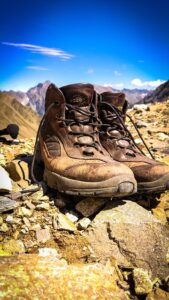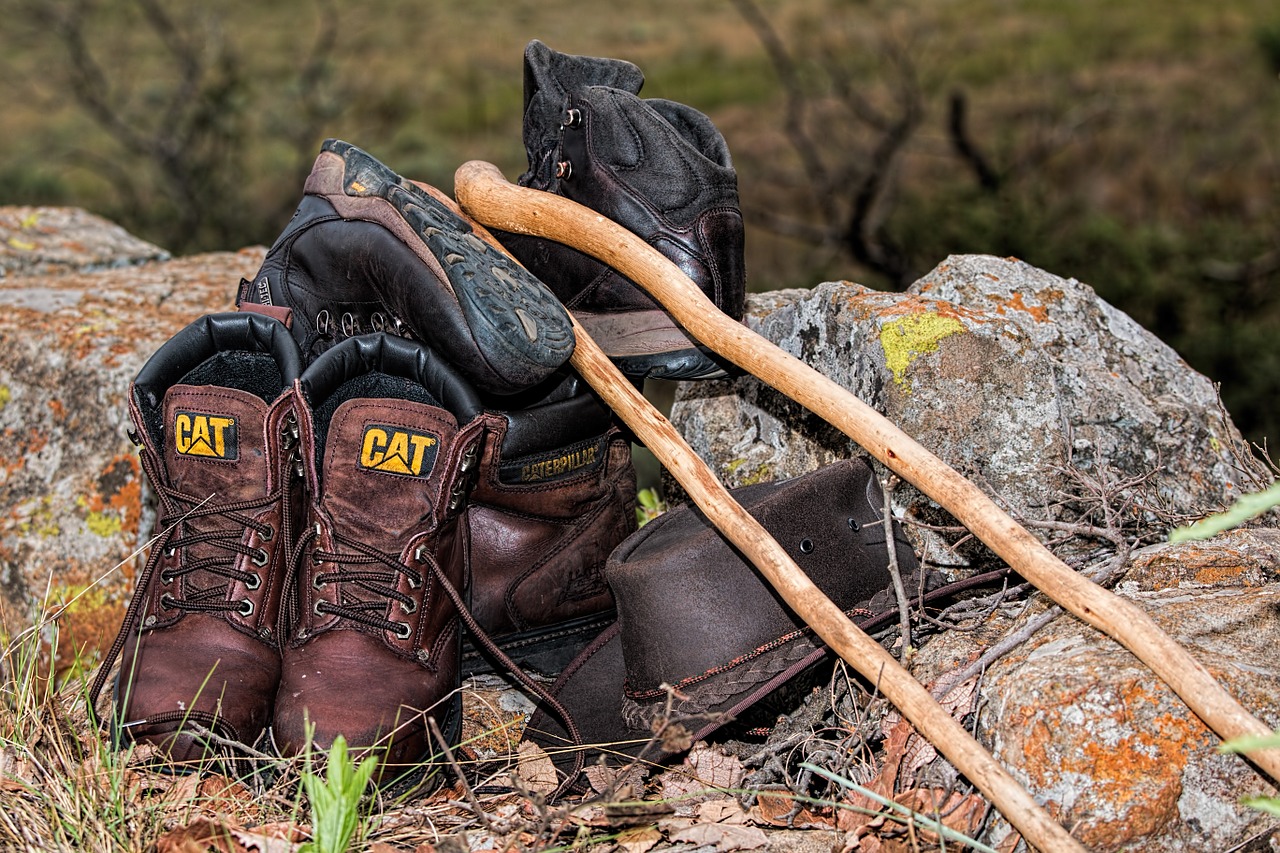How to Choose the Best Hiking Shoes
There’s a thin line between enjoying a hike and turning it into a hellish experience. A simple mistake of picking the wrong pair of hiking shoes or hiking boots can quickly lead to a painful memory. Luckily, a little bit of research goes a long way. Here’s how to find the best hiking shoes for your next adventure.
Understand Essential Differences
Before making any decisions, understand the fundamental differences between various hiking shoes and boots. It all starts with the types of boots that are available on the market. Each of them has a specific use.

- Light hiking shoes – If you need lightweight footwear, these should be your pick. They are great for soft terrain and dry weather. They are equally comfortable for short and long tracks. But if you’re planning to go on different terrain, you’ll need something more durable.
- Mountaineering boots – Rocky trails are typical in the hiking world. As you might imagine, you’ll need more robust shoes to help you endure rocky surfaces. Besides being more durable, these boots are warmer too, which is helpful for snow-covered paths.
- Backpacking boots – These are the perfect pick for professionals, as they are incredibly durable and will get you through any type of terrain. Backpacking boots are for advanced hikers who enjoy being on the road for several days.
Before you head out to your first hike, learn more about the terrain. You can do it easily with one of the popular hiking apps containing details of thousands of paths.
Figure Out What Material You Need

When you’re looking for the best hiking shoes, pick a material that suits your needs.
- Synthetics – If you’re looking for a water-resistant material, you should steer away from synthetics. However, shoes with polyester or nylon dry faster and are light to wear. They’re suitable for shorter day treks under clear weather.
- Split-grain leather – These shoes are a mix of synthetics and leather. They’re more durable than synthetics. However, they’re still not the best pick for rainy weather.
- Full-grain leather – Are you planning to go on demanding hikes, and do you want outstanding protection and durability? Full-grain leather is the way to go. Do some conditioning though, you’ll need it because the material is heavy.
It all comes down to the type of trail and weather conditions. If you’re planning to become an advanced hiker, it’s best to equip yourself with different shoes with these materials.
Pick a Cut That Works For You
Deciding which cut to use is an individual choice. For example, if the wearer experienced any kind of ankle injury in the past, they’ll find high cut the best option. Other options are low and mid-cut. Low-cut is the lightest, whereas mid-cut provides better ankle support.

